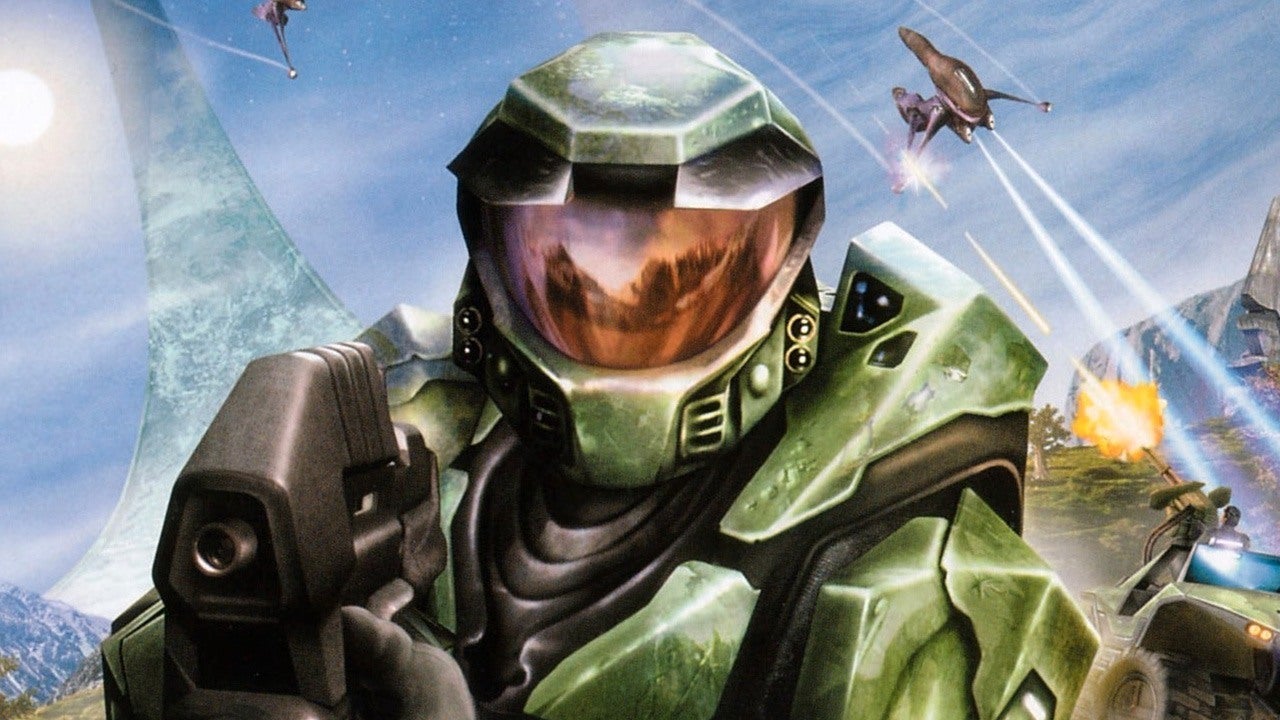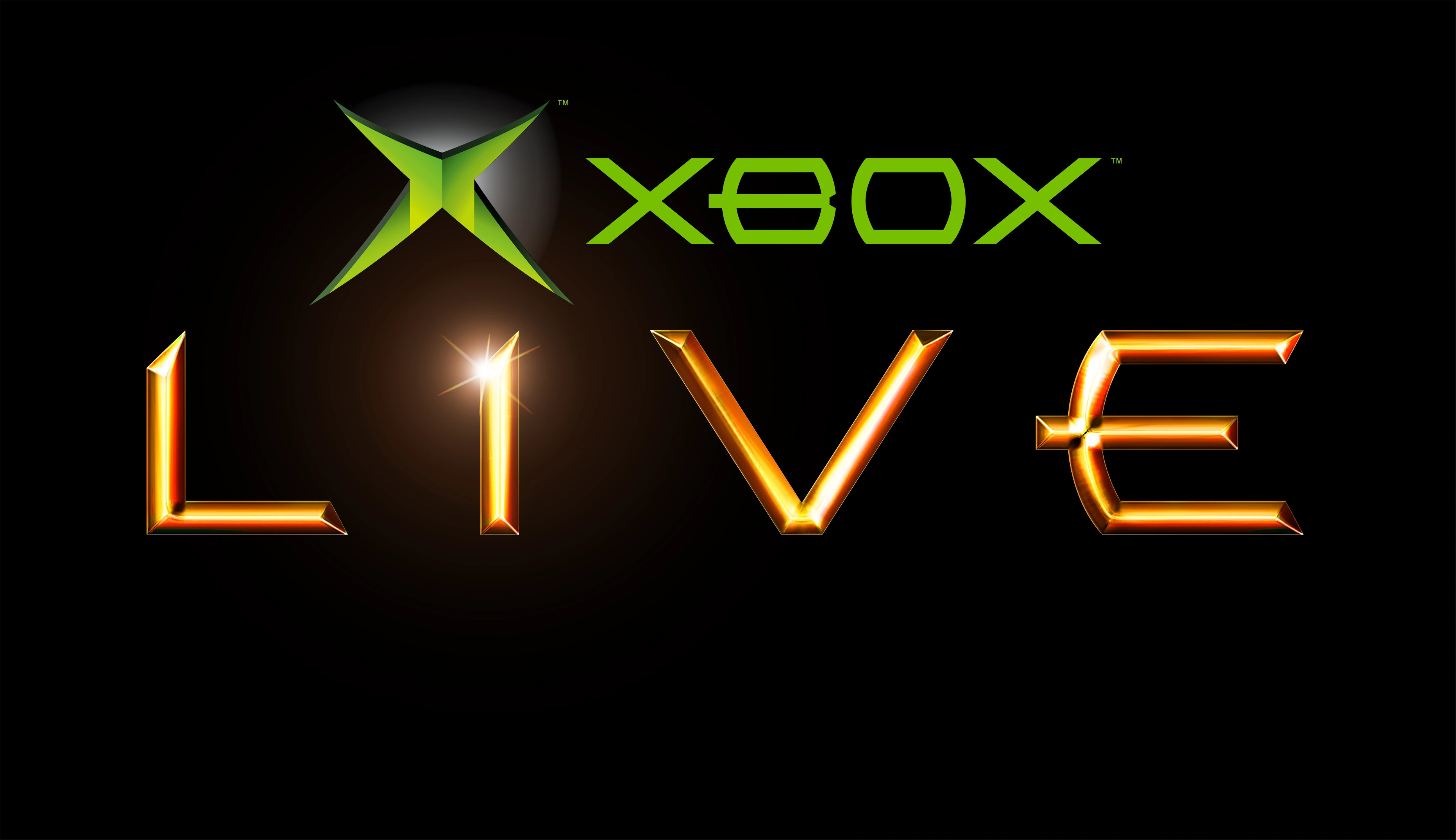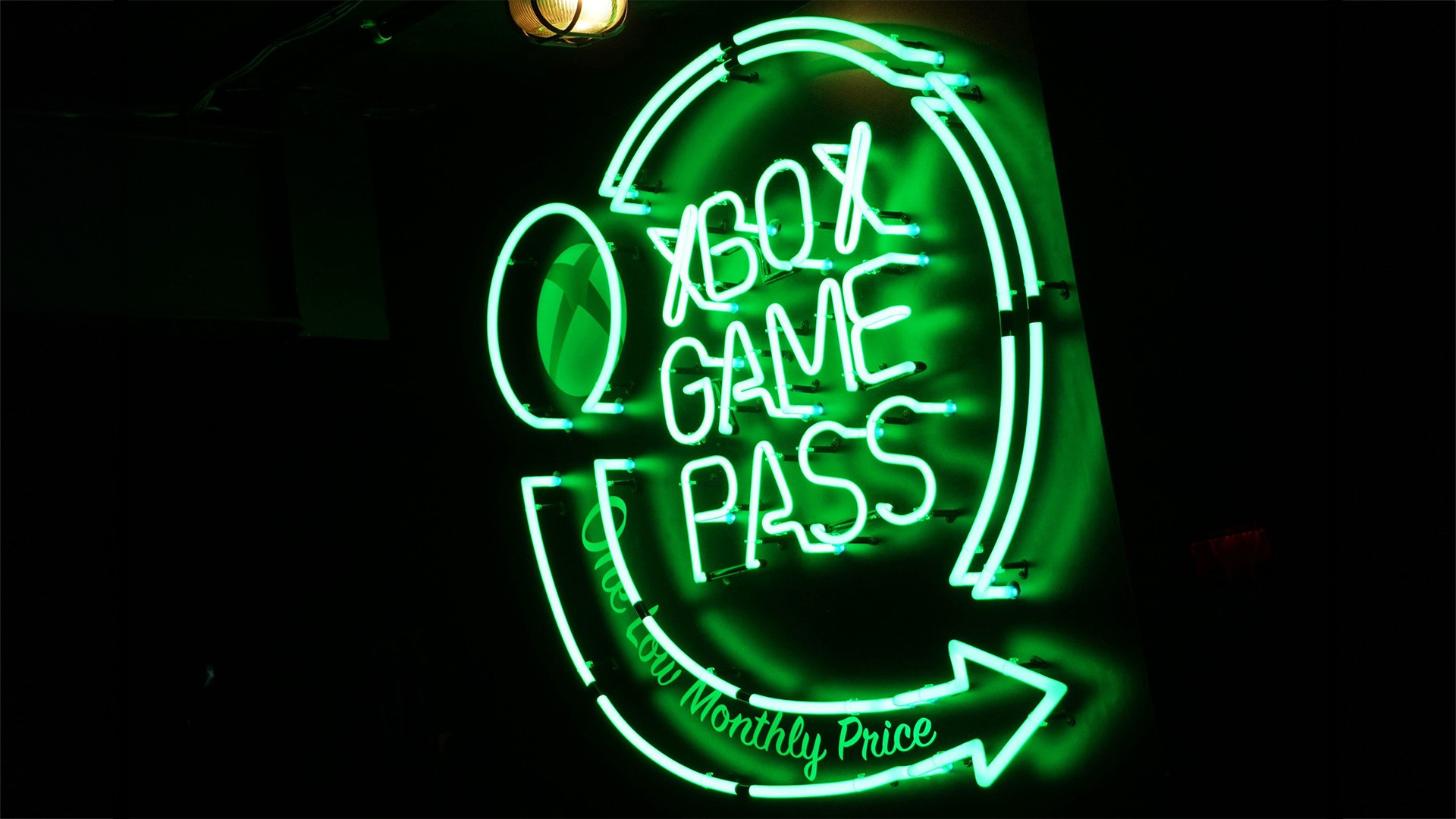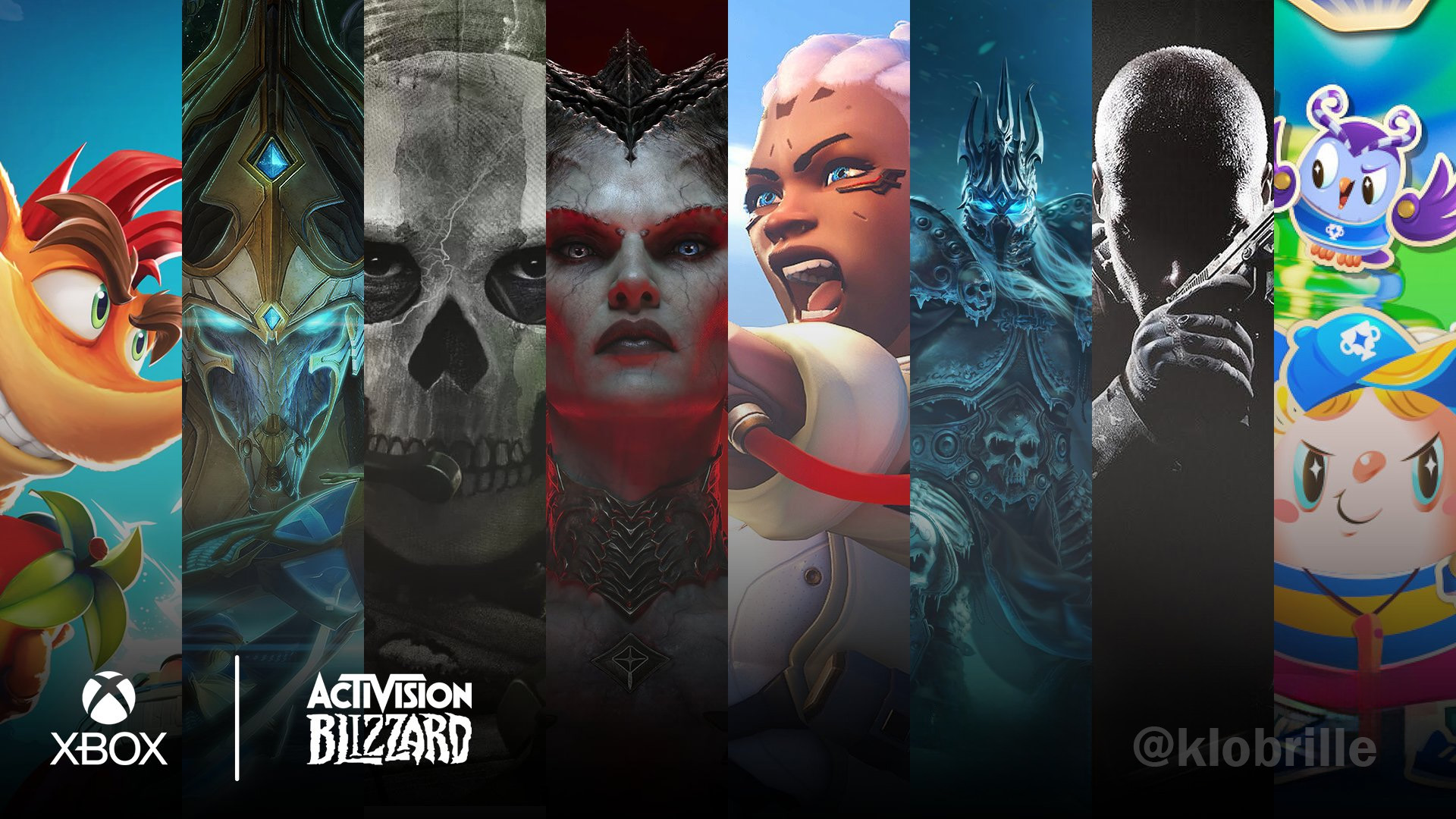In just a few days, Microsoft is turning 50 — a colossal milestone for the massive Redmond tech firm, and one that’s inspired many of us here at Windows Central to reflect on the company’s many peaks and valleys over the years.
Of course, one of Microsoft’s most notable ventures is Xbox, a gaming brand that started with the firm’s announcement of a new console at the turn of the century and still continues strong today with powerful modern systems, popular services and programs, and noteworthy initiatives. Indeed, Xbox has grown into a core pillar for Microsoft’s business — and in recognition of how far it’s come, I thought it would be fun to look back at seven of my favorite moments from that journey (in chronological order).
Without further ado, here are some of the most iconic, memorable, and impactful moments in Xbox’s history that wowed the industry, brought fans valuable features and opportunities, and changed gaming forever.
The reveal of Xbox

Where else to start, if not where it all began? Following Microsoft’s initial announcement of its plans to make a new console in 2000, former CEO and co-founder Bill Gates famously unveiled the original Xbox system during the Computer Electronics Show (CES) in January 2001. And he didn’t do it alone; halfway through his presentation, none other than Dwayne “The Rock” Johnson — still wrestling in the WWF (now the WWE) at the time — came on stage, engaging in an entertaining back-and-forth chat with Gates without missing a beat.
“The Xbox is everything The Rock is: cutting edge, powerful, exhilarating — and like The Rock, it will be the most electrifying thing coming out this year,” Johnson said, acting talent that would eventually land him a prosperous film career on display. “And what The Rock is to sports entertainment and the WWF, the Xbox will be to the video game industry: a breakthrough, and certainly an original.”
I was only a toddler at the time, so I wasn’t fortunate enough to experience this moment live. Growing up as a huge fan of Xbox, though, I’ve always looked back at this reveal of Microsoft’s first console fondly.
Halo’s revolutionary impact
The Xbox’s impressive performance capabilities surpassed that of competing systems like Sony’s PlayStation 2, but that advantage wouldn’t begin to bear fruit until later in 2002. Microsoft needed a strong title to pair with the console at launch, and that game ended up being Halo: Combat Evolved — a first-person shooter from Bungie, which was best known for the Marathon series at the time.
Released on November 15, 2001 alongside the Xbox, Halo quickly garnered widespread acclaim from critics and fans alike, and stands tall as one of the most revolutionary shooters in gaming history. With open-ended level designs that brought the genre outside of repetitive corridors, the introduction of a two-weapon limit that drove players to make strategic decisions about their arsenal, a simple, intuitive, and controller-friendly control scheme, and advanced enemy AI that hold up even today, Halo pioneered the shooter market on console, inspired lasting changes to the process of making FPS games moving forward, and became the Xbox’s killer app.
Halo continued to be a critical part of the Xbox brand for many years, with 2004’s Halo 2 skyrocketing the popularity of Microsoft’s Xbox Live online multiplayer service and both Halo 3 and Halo: Reach enjoying immense success on the company’s follow-up Xbox 360 console. It’s less important to Xbox today, but I’ll always think of it as the console’s flagship franchise regardless.
Xbox Live defined the console multiplayer experience
Exactly one year after Xbox’s explosive launch with Halo: Combat Evolved, Microsoft debuted Xbox Live — a multiplayer network that brought online functionality to the console. And while Live wasn’t the first attempt by a manufacturer to do this — Sega and Nintendo had tried before, for example — it was the one that lead to the development of the networks we enjoy today.
While previous console multiplayer experiences were entirely managed by individual games and their studios, Xbox Live pioneered the idea of one unified network that all games hooked into, along with features like persistent handles for players and an account-based friends list that made squadding up with friends easier than ever. It also fully supported voice chat, with Microsoft even including headsets with Xbox console purchases.
Xbox Live gave Microsoft a noteworthy edge over its competitors, with Xbox firmly leading in the online gaming space thanks to the network’s functionality and big titles like Rainbow Six 3 and Halo 2 (among others). Though now known simply as the “Xbox network,” Live has remained at the heart of Xbox for over 20 years.
Xbox One Backwards Compatibility was a huge win

For this next one, we’re fast-forwarding to 2015 — a time when Xbox’s reputation, after the prosperous years of the Xbox 360 era, had fallen far after consumers were greatly disappointed by 2013’s Xbox One. The new system was more expensive than Sony’s PlayStation 4 as a result of the included Kinect motion sensor, but also less performant; this left it in a very poor position against the PS4, giving Sony a huge head start in the new generation.
Microsoft would eventually decouple the Kinect from Xbox One purchases to reduce the console’s price, and also began to claw back hearts and minds with impressive new features. And if you ask me, the most significant and important of these was Xbox One Backwards Compatibility. This function (first revealed by Xbox head Phil Spencer during E3 2015) allowed you to play 100 of the most popular Xbox 360 games on Xbox One via emulation, with countless additional games and even titles from the original Xbox console becoming available over time.
Xbox’s backwards-compatible library has only continued to swell since then, and the program is fully supported on Xbox Series X|S, too. With the new consoles able to play almost all non-Kinect Xbox One titles (with enhancements!), that means it’s possible to play games from four generations ago with a system from 2020. Put simply, that’s awesome, and compared to Nintendo or PlayStation — platforms that often don’t support backwards compatibility and charge for purchasing old games you already own on new consoles — it makes Xbox stand out as particularly friendly to longtime gamers.
Xbox Game Pass changed everything
There’s no way I could write this list up without talking about Xbox Game Pass, which has become a core component of Microsoft’s gaming business in the last decade. First made available in early June 2017 (has it really been eight years? Good grief), the buffet-style service enticed customers with an attractive offer: for $10 a month, you could get access to 100 Xbox One and backwards compatible Xbox 360 games, including big-name exclusives like Halo 5: Guardians and other popular titles.
Over time, both the Xbox Game Pass games list and the program itself grew rapidly, with Microsoft eventually committing to releasing all new first-party titles on Game Pass on day one, starting with Rare’s 2018 pirate multiplayer game Sea of Thieves. The company then introduced Xbox Game Pass Ultimate for $15, including Xbox Live Gold in the package and giving subscribers a chance to save a little money; when Xbox Game Pass for PC — now simply called PC Game Pass — came out for Windows PC, it was also included in Ultimate.
Naturally, questions about profitability and sustainability have come up, though Phil Spencer has said it’s “completely sustainable” in the past. In an interview, Microsoft Games Marketing vice president Aaron Greenberg also noted that Game Pass isn’t a “a big profit play,” explaining that it’s meant to attract new customers and bring success in the long term.
Today, games come and go from the Game Pass library of 400+ titles, and Ultimate has gotten a price increase up to $20 (though you can get it for far cheaper) along with access to Xbox Cloud Gaming. Fundamentally, though, it works as it always has, and Microsoft’s “the best deal in gaming” marketing has paid off; Game Pass has 34 million subscribers as of 2024, though those numbers do now factor Xbox Live Gold members into account since Xbox Game Pass Core recently replaced that service. Regardless, it’s undeniable that Game Pass has become an absolute juggernaut of a program.
The wonderful Xbox Adaptive Controller

Another of my favorite Xbox moments came just a year after Game Pass’ launch: the introduction of the Xbox Adaptive Controller, a highly customizable accessibility controller for modern Xbox consoles and Windows PCs. The device’s debut was a huge step forward for Microsoft’s commitment to making gaming more accessible for everyone, and continues to be used widely today.
With two large programmable buttons and a whopping 19 3.5mm jacks on the gamepad’s rear that allow you to hook up a wide variety of accessibility-friendly input devices, the controller fully lives up to its namesake, adapting to the needs of the person using it. Because of the device’s modular nature, it’s possible to create setups that significantly mitigate the impact of a wide variety of different disabilities.
Indeed, the Xbox Adaptive Controller is fantastic, and it’s gone on to inspire other pieces of accessibility hardware like the Access controller for PS5 and the Proteus controller Microsoft designed with Byowave. Earlier this month, Microsoft also released the Xbox Adaptive Joystick after showing it off at the firm’s 15th annual Ability Summit.
The Activision Blizzard acquisition
It feels like it would be wrong to cap this piece off with anything other than Microsoft’s monumental acquisition of Activision Blizzard King (ABK), with the $69 billion merger finally going through in October 2023 after 20 long months of scrutiny from regulatory bodies around the world. The acquisition gave Microsoft ownership over some of the biggest gaming franchises in history, including the likes of Call of Duty, World of Warcraft, Diablo, and Candy Crush alongside many others.
Many old and new titles alike from ABK have come to Game Pass in the wake of the deal, including games like Diablo 4 and Call of Duty: Black Ops 6. Additionally, it also gives the company the option to make new games from Activision Blizzard exclusive to Xbox and Windows PC, though it can also choose to sell them on PlayStation for maximum profit as it’s done with Call of Duty thus far.
The merger was also widely seen as a good thing for workers at Activision Blizzard, as it came after the publisher became embroiled in controversy after a lawsuit claimed a “frat boy” culture was fostered in the workplace. The hope was that under Microsoft leadership, company culture would be far healthier; generally, employees at the firm seem to be satisfied with their experience, though I should note that the company has faced scrutiny for major layoffs that have occurred in recent years.
Ultimately, it’s only been about a year and a half since the acquisition went through, and that’s not much time in the world of game development. With that in mind, I’m not surprised that it hasn’t borne much fruit yet, but whatever’s next for all the teams at ABK will undoubtedly play a huge role in Xbox’s future.








